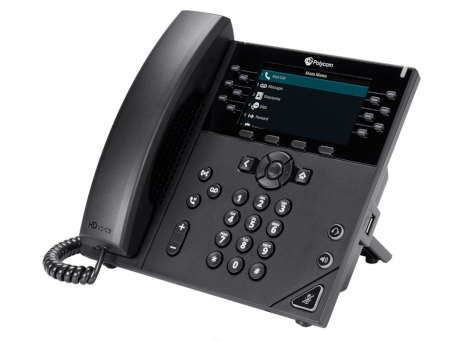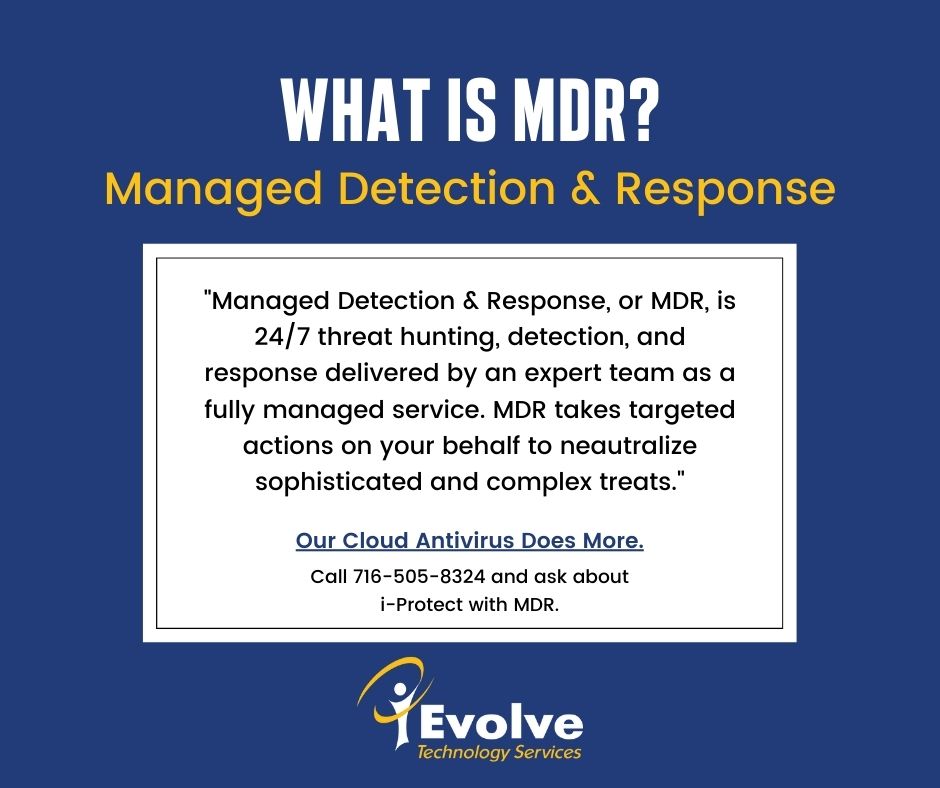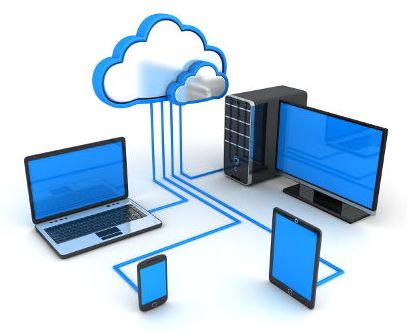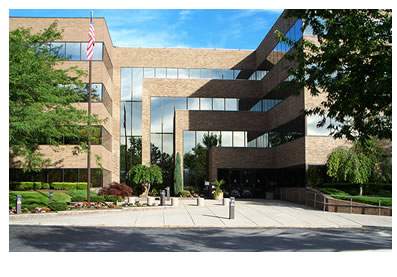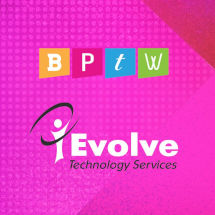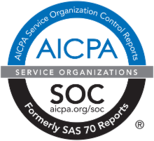Knowing the differences will help you to make the best decision.
If you’re like 90% of small-to-medium sized businesses, there are likely cables from an internet service provider that go directly into your building. Not all cables are created equal, though. It might be a fiber-optic or coaxial cable, and there are some key differences between the two that you’ll need to know in order to choose the best internet provider.
Fiber and coax internet both get you online, but their structures as well as limitations carry unique traits. We’re going to explain the cables behind each, how you can benefit from them and what’s the best choice for you.
What’s a fiber-optic cable?
A fiber-optic cable features small, flexible strands of glass or plastic. Unlike traditional copper lines, a fiber-optic cable utilizes light to transmit a significant amount of data. This allows for more bandwidth on a fiber-optic cable than a copper coaxial cable.
In addition, unlike with cable internet, the bandwidth for individual customers with fiber internet can get very large since they’re not forced to share a connection with others in the same area. No matter the hour, fiber internet shouldn’t slow down due to congestion. The high-speed data should stay blazing-fast and manage all the demands of your business with ease.
How fast are the data speeds on fiber cables?
Fiber-optic cables offer speeds of up to 1 Gbps, but of course, that depends on your internet service provider and equipment. Most internet service providers don’t go that fast by default, though. Be sure to choose the right plan and wireless router to recognize the benefits of next-generation connectivity.
What’s a coaxial cable?
Made primarily of copper, a coaxial cable transmits data from place-to-place through electricity. It’s the technology that internet service providers started using when dial-up and digital subscriber line (DSL) became outdated. While there are improvements over dial-up and DSL, cable internet doesn’t quite outperform fiber internet. Still, cable internet has advantages as it is available in most parts of the country and often at a budget-friendly price.
How fast are the data speeds with coaxial cables?
Unfortunately, in most cases, coaxial cables fall short in terms of data speed. Some internet service providers are able to get up to 1 Gbps (1,000 Mbps), but it’s not the norm. The coaxial cable that runs a connection into your business is usually a shared connection, too. When multiple customers in the same area are online at the same time, bottlenecks can occur leading to reduced speeds. This is sometimes described as “best effort” speeds. In other words, your provider will do the best they can given the volume of internet traffic over the shared cable at the time.
Is one type of internet service better than the other? Which should I choose?
Without question, fiber-optic service is preferred over coaxial service. Your business relies on its internet connection to engage with customers, vendors, and to function on a daily basis. Fiber-optic cables are built for tomorrow. As the world evolves, fiber internet can adapt and continue serving consumers and businesses with high-speed data. Meanwhile, given scalability limitations, coax cable internet will likely fall further behind over the coming years. It’s always best to choose a technology that remains current and allows your business the most future flexibility.
If you are unsure as to the availability of fiber-optic service in your area, feel free to contact us. Should multiple carriers be available in your area, I-Evolve can also secure quotes for you to help you decide which is a best fit. We look forward to helping!

